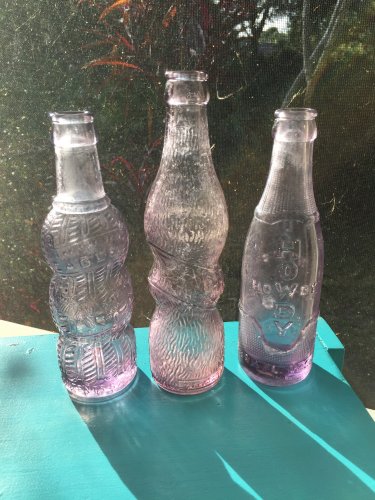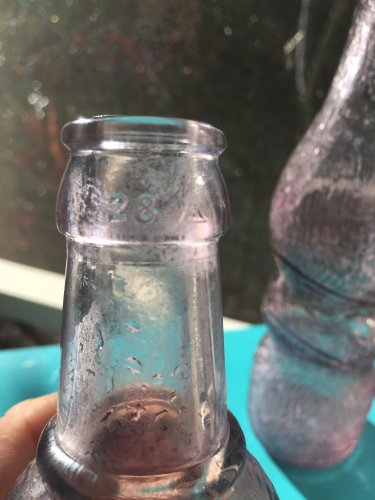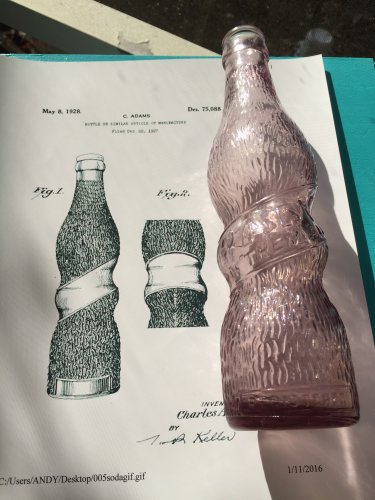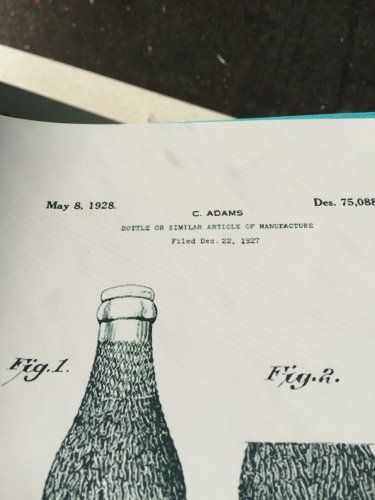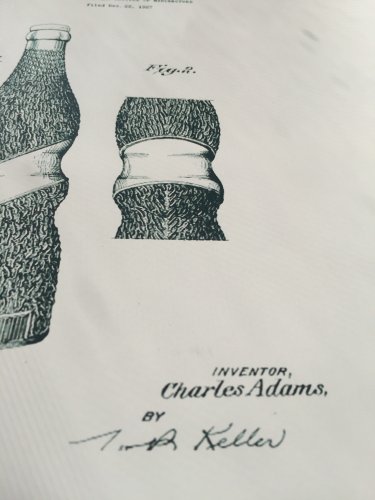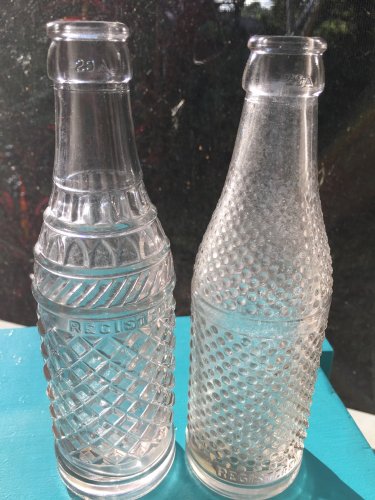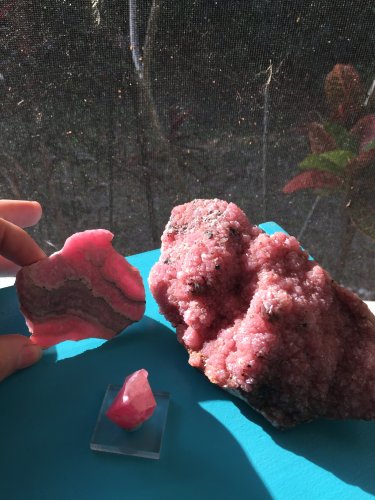Jimmy Langford
Well-Known Member
OKAY GUYS. Today I'm going to ask the question that I hear many people say different answers on. WHEN (circa) did manganese glass stop generally being made. I hear 1915, 1918, and even 1920s. Of course small bottling plants may have kept using manganese but I'm talking about the majority of plants.

